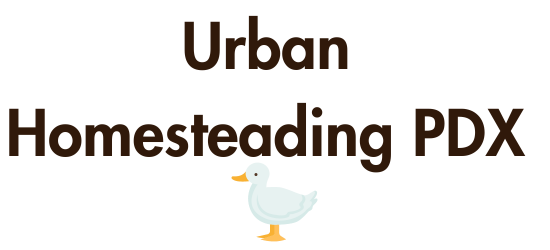Can you seed or transplant anything directly into a compost pile?
No, you can’t just place any random seed or transplant it directly into a compost pile or compost that has not been incorporated into the native soil. However, some plants will absolutely thrive if they are planted in a compost pile which makes it all the more confusing. Heck, you likely are not putting enough good stuff into your compost pile if it does not naturally sprout from the pile in the spring. A well-made compost pile will be full of life, both insects and plant life trying to make it. Seeds from pumpkins, tomatoes, and squashes are well known for surviving the cycles of a compost pile and end up sprouting directly in the pile.
One rule of thumb to follow. The compost is still too fresh to plant if you see bits of kitchen scraps like banana peels or bits of an apple. When the material is broken down to indistinguishable bits it should not harm your plants whether tilled in or top dressed around transplants.
Why plant directly into compost piles?
There are countless reasons why you may want to plant directly into a compost pile. Of course, plants may choose to seed themselves in your compost pile, planting into a pile makes sense when you have made a compost pile in the location of a future garden. Planning a future garden and placing chickens on the ground to drop manure and building a compost pile in the area brings a ton of soil microbiology to the area fast.
The fact that plants will grow out of a compost pile means people think it is perfectly normal to spread out a pile on the ground and seed directly into it. While some seeds may come up, 100% compost is not the best material to plant directly into. Compost needs to be mixed into the soil either by hand or with hand tools or machinery depending on the amount of area being prepared.
Compost feeds soil beds
A homebrew compost pile is rich and full of diversity. There are many benefits to creating a compost pile on site. Chiefly, you have a ready supply of rich soil to apply to your gardens and fruit trees. Indirectly, a compost pile is an excellent way to deal with too much material like leaves, branches, and kitchen waste.
Urban homesteaders have access to a wide range of materials for composting and should be around their pile enough to frequently turn it prior to being set aside to age. This results in a wonderful compost material that after sitting for a while will be full of worms and soil benefiting nutrients including nitrogen. A pile that is still too hot and not aged may have too much nitrogen and pose a problem to seedlings or transplants.
Seeding into Compost
Trying to seed directly into hot compost will result in plants that either do not germinate at all or when they do they quickly die. Compost that has been tilled into the top couple of inches of native soil will provide the boost new seedlings need to grow quickly.
For the rest of this article, we will assume that you spread the compost and mix it into the garden soil
Pros of planting directly into compost:
- The compost improves the soil microbiology, giving the plants what they need to succeed.
- Compost adds nitrogen to the soil which drives the growth of the plant.
- Working compost into the top layer of the soil aerates the soil.
- Compost adds material that absorbs and retains water in the ground.
Cons of planting directly into compost:
- Unfinished compost may be too hot.
- Some plants prefer a slightly less rich environment to grow in and too much compost reduces germination




Recent Comments